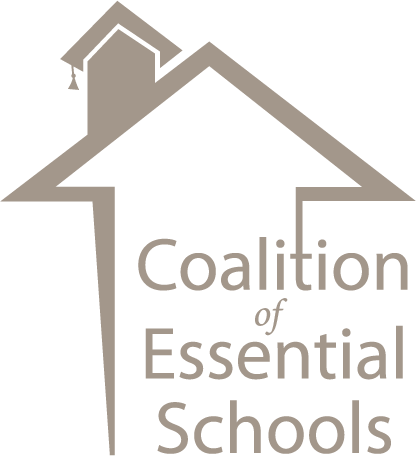Teachers at the Parker School in Fort Devens, Massachusetts created their own curriculum template, juxtaposing “texts and resources” that describe content area knowledge with “tasks and activities” that elicit key skills they want students to practice: responding to text, creating new work, and performing or demonstrating their understanding. All the year’s projects in every content area reflect the school’s Essential Question, “What is community?”; each ends with an exhibition. The template proved useful, Parker teachers observe, in communicating the goals and strategies of a project-based inquiry curriculum to a community concerned about content coverage. Deb Merriam, a Harvard graduate student and teaching intern at Parker, created this project.
The Year’s Essential Question: What Is Community?
Project: FOOD, POPULATION, AND COMMUNITY
Goal: Using content and practicing skills from all three Domains, students will research,understand and present the question: “What is the relation between food and population in a human community?”
Exhibition: Students host a “Hunger Banquet” for the Parker community illustrating the world’s distribution of food resources, and present systems models of their own research on a particular community.
Texts and Resources
Students will become familiar with the vocabulary and key concepts with which social scientists address issues of population and resource allocation, using the following texts and resources among others:
-Reports on developing countries from the Peace Corps, Oxfam, and the CIA World Factbook
-United Nations Food and Agriculture Organization database
-Statesman’s Yearbook
-Maps describing geography and natural resources
-STELLA systems modeling software
-Selected passages from literature, including:
Nisa, by Marjorie Shostak
Rachel and Her Children, by Jonathan Kozol
Inside Nicaragua, by Rita Gelman
Tasks and Activities
Students will respond, in writing and in group seminars or discussions, to the research and mathematical modeling methods through which social scientists describe:
* A community’s population and birth/death rate
* A community’s food resources.
* The geographic constraints on food production.
* The economic production of a community.
* The political structure that governs resource distribution in a community. Students will also discuss and compare the methods of population control used by different communities, studying how different cultural factors influence these decisions.
Students will create new work that relates to a community of their choice through the following tasks :
* Create an artistic representation that visually presents the accurate proportional distribution of a particular food crop in five countries.
* Using a particular community’s food resources, design a weekly diet for a typical family.
* Research how the population of that community alters with two different birth/death rates, and create a computer model that illustrates how one factor influences the other.
* Write a story, poem, or play, or create a piece of visual art, from the point of view of a young person in a community where food is scarce.
Students will perform their work by presenting the Project’s Final Exhibition:
* Students host a “Hunger Banquet” for the Parker community illustrating the world’s distribution of food resources, and present systems models of their own research on a particular community.
